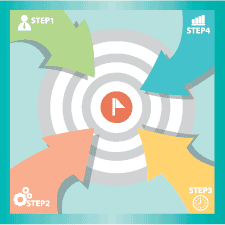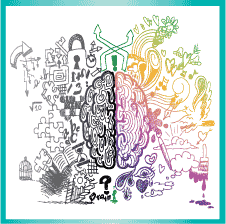| Sunday Morning Experience |
||||
|---|---|---|---|---|
In Unity, we use a Living Curriculum philosophy as the basis for our curriculum design. It is a process of spiritual support used to assist people and the church community in co-creating successful living. It honors the inherent wholeness and wisdom within each on of us, and utilizes storytelling and experimental creative expression to "draw out" the Truth we already know.
The Living Curriculum “is a philosophy, a process and a program of spiritual support to assist children, teens, families and the church community. It seeks to draw the lesson from the student through experiences, stories and creative expression. Through the living curriculum approach lessons are created that will relate to real issues in a person’s life and through a process of questions & discussions, helps them to connect with God and their indwelling Christ spirit." ~ Unity Worldwide Ministries |
BLANK
| Lesson Preparation | ||||||
|---|---|---|---|---|---|---|
Begin by selecting an issue the participants face and then setting an intention.
|
BLANK
| Building Community | ||||
|---|---|---|---|---|
When we take the time to create a community of learners, everyone can find a place and feel a part of something greater than themselves.
|
BLANK
| Presenting the Lesson | ||||||||||
|---|---|---|---|---|---|---|---|---|---|---|
Once the sacred circle is complete, we move into the body of the lesson.
|









